THE SCIENCE
Our Amazing Brains
Our brains are simply amazing. No, they are AMAZING.
When you start to study brain science, it is easy to get dismayed, flummoxed and put off with all of the technical terms like the left dorsolateral prefrontal cortex or Wernicke’s area or the Cerebellum and so on. So I thought I would give you a small taste of Neuroscience 101 to help you get a better handle on your brain and understand, even if only roughly, how it works, no matter who you are, king or pauper. Why? Because those who do will be at an advantage over those who do not. At this point in human evolution, the study of the brain is now ‘table stakes’. Let me make it easy for you. Don’t give up, take it one step at a time, there is always more detail you can add to your understanding of the map of the brain as you go along. The important thing is to start and gently build up your understanding. OK? Good.
So, let’s get started
Simply, the brain in your skull has two halves or hemispheres connected together by a big cable. This big cable is called the Corpus Collosum.
Each hemisphere is made up of four distinct parts called lobes. Look at the picture.
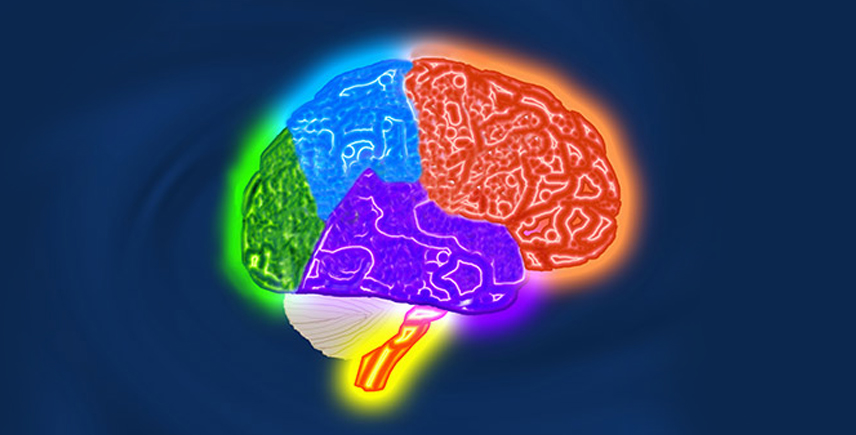
The big red lobe at the front of the brain is called the Frontal Lobe. There, that’s not too hard, is it? The Frontal Lobe is where the captain sits and steers. You decide what you want to do by using your Frontal Lobe.
The Purple lobe is the Temporal Lobe. This is where you hear things. Sounds and words get decoded in your Temporal Lobes. Think ‘tempo’ and you will hear the beat.
The Blue Lobe is the Parietal Lobe. You feel your feelings in the Parietal Lobe. Life would be robotic and meaningless if we could not feel our feelings. The Parietal Lobe is hugely important to us.
Look at the picture again. The green blob at the back of your brain is the Occipital Lobe, sometimes called the Visual Cortex. The Occipital Lobe is where you see things. You might ask yourself “why is the Occipital Lobe all the way at the back of the brain, why isn’t it right next to the eyes?” This is a good question. It turns out that seeing and recognizing things is very difficult. Identifying an object, distinguishing it from the surrounding images and placing it in its social context requires a lot of neural processing and requires the help of the other lobes to get the job done.
If you watch the BBC Programme “Dr. Who”, you will immediately realise that you and I live inside a Tardis. A Tardis is a vehicle that is bigger on the inside than on the outside. Let’s face it, your brain is only about 3 pounds of meat and sits inside a fairly small skull, yet the experience of living inside this Tardis allows you and I to see, hear, feel, smell, taste and explore the whole infinity of the universe.
Fascinating, isn’t it?!
But it doesn’t stop there. The Centre for Applied Neuroscience in Business focuses on the “neuroplastic” properties of our brains. If this term is new to you, in brief, Neuroplasticity is the remarkable ability that the brain has to ‘rewire’ itself.
Your brain can rewire itself A LOT. Rapidly. That means, in simple terms, you are not stuck.
You see, up until fairly recently, the group hypnosis, especially in the West, was that our brains were fixed entities like machines. Brains were thought to peak in power and flexibility at about the age of 22 and after that it’s downhill all the way. Basically, after 22, you’re doomed to stay the way you are forever.
Forever! What a horrible trance! What a horrible thing to have to think!
And it’s not even true!
No.
It turns out that you and I are wearing a self-rewiring living computer called a brain. How cool is that?
Excited yet?
Good!
Want to start learning how to rewire it? Here is a quick technique to start the neuroplastic ball rolling right now. For only fifty-nine ninety-five in five easy payments, and hurry while stocks last, but wait there’s more …. Just a little joke. But did you notice it took a little while for you to get the joke? That’s because it took about 1000 milliseconds for your brain to decode all of these funny marks on the screen in the Occipital Lobe, turn them into sounds, put the sounds together as words in the Temporal Lobe, go get the meaning of the words, string them together to create a stream of speech, then get the gag in your Frontal Lobe, and enjoy a laugh in your Parietal Lobe.
It takes a lot of computational power to be able do that trick, so say thank you to that brain of yours. No, really, learn to say “thank you” to your brain. It’s the first step to using neuroplasticity effectively for yourself.
So, here is a very simple neuroplastic Brain Reprogramming technique to help you get started. It’s called The Eye Roll.
- Lie down or sit comfortably with your feet flat on the floor.
- Take three very deep breaths and let the air out really slowly. Pay close attention to the calming relaxation response at the end of every breath.
- Close your eyes and with your eyelids closed just roll your eyes up to the top of your head until you feel a little bit of eyestrain.
- Relax your eyes and keep your eyes closed.
- Say “Hello” to your brain. Now, say “Thank you”.
- And wait.
You have just learned how to communicate directly with your brain.Some people get an immediate response when they do this exercise. They immediately hear or sense someone saying “You’re welcome” or “Hello” back to them. For others, it takes a little longer to get an identifiable signal.
Regardless, the important thing is to start a conversation or a relationship with that three-pound lump of liver that you wear. That blob that is creating your experience of living right now. This very moment.
- Finally, to really get the mental momentum going, as you get ready to go to bed tonight, just recall reading this Post or seeing the picture of the brain above and recall the Eye Roll exercise. Just start to wonder about some of the ideas in this Post so that when your head hits the pillow, it will be a signal to your brain to start the process of rewiring ….. itself …. tonight.
In the morning, and I am sure this has happened to you many times in the past, don’t be too surprised if your brain astounds you with some interesting, useful and valuable insights that you can use right away. When you notice these insights, take three deep breaths, close your eyes, roll your eyes up, relax them and say “Thank you”. Then a flood of endorphins will reinforce this beneficial pattern. Enjoy them.
There is much more for you to learn about your brain but you have now taken a big step. You now know the basic structure and functions of the brain and you have learned how to communicate directly with IT, which of course, is YOU.
If you would like more information on this important topic, please take a look at the Recommended Resources below and read some of the articles I have written here.



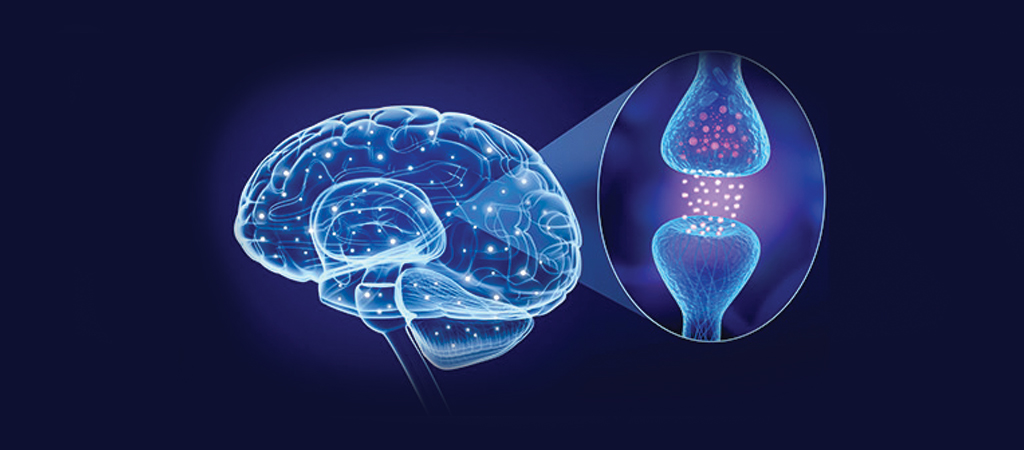
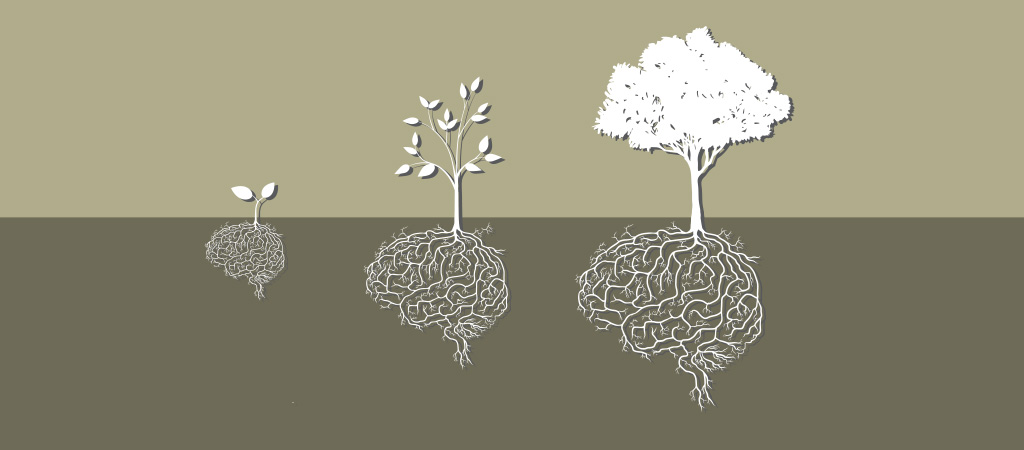
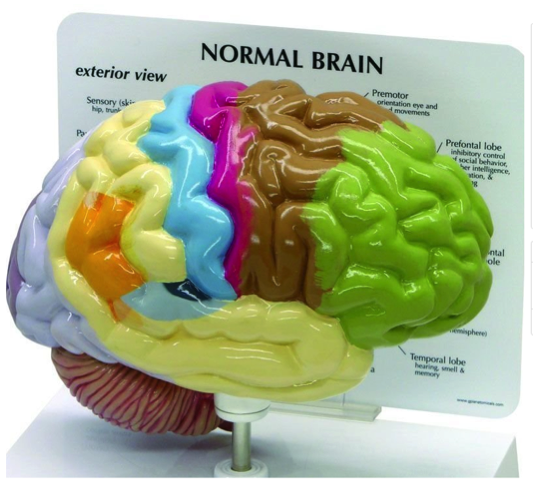
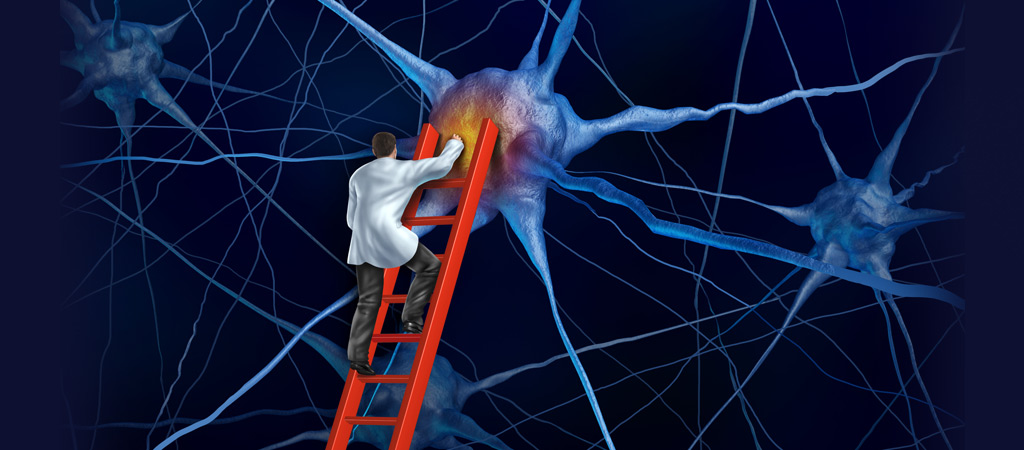
 Dr Dave Siever is an electrical engineer with decades of experience in neuronal communication. He is the CEO and Chief Science Officer of Mind Alive
Dr Dave Siever is an electrical engineer with decades of experience in neuronal communication. He is the CEO and Chief Science Officer of Mind Alive  Dr Horst Mueller is a registered psychologist in Alberta, Canada with special interests and extensive experience in clinical and health psychology, cognitive-behavioural psychotherapy, applied psychoneurophysiology and biofeedback, as well as neurofeedback and non-invasive neuromodulation technologies.
Dr Horst Mueller is a registered psychologist in Alberta, Canada with special interests and extensive experience in clinical and health psychology, cognitive-behavioural psychotherapy, applied psychoneurophysiology and biofeedback, as well as neurofeedback and non-invasive neuromodulation technologies. Dr Jay Gunkelman is recognized as one of the top leaders in the field of EEG and QEEG. He has processed over 500,000 EEGs since 1972, and has served as president of The International Society for Neurofeedback and Research, as well as a board member and treasurer of the Association for Applied Psychophysiology and Biofeedback. He is a past President of the Biofeedback Society of California, and a co-founder and Chief Science Officer of Brain Science International
Dr Jay Gunkelman is recognized as one of the top leaders in the field of EEG and QEEG. He has processed over 500,000 EEGs since 1972, and has served as president of The International Society for Neurofeedback and Research, as well as a board member and treasurer of the Association for Applied Psychophysiology and Biofeedback. He is a past President of the Biofeedback Society of California, and a co-founder and Chief Science Officer of Brain Science International  Dr Rohan O’Rielly is a neurogenisist, a Sensory Movement Therapist and a Wellness Educator. He heads the Smart Bodies Smarter Minds
Dr Rohan O’Rielly is a neurogenisist, a Sensory Movement Therapist and a Wellness Educator. He heads the Smart Bodies Smarter Minds